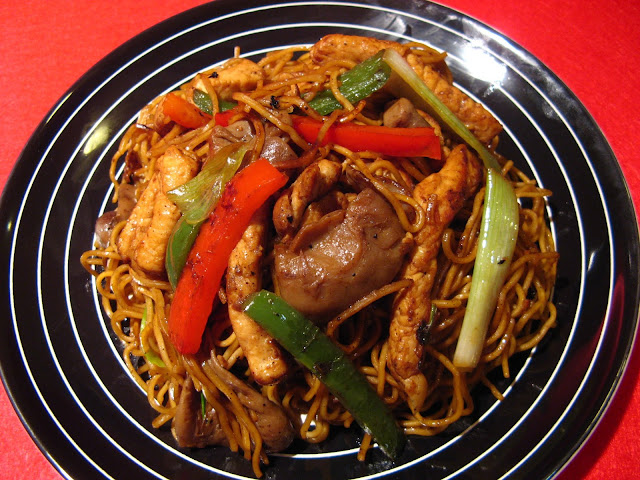This recipe was updated on 04 May 2015. Some instructions
and ingredient quantities were changed.
This recipe was adapted from the Mi Zhi Ji
Chi Chuan (Beijing Chicken Wings) recipe at saveur.com. The original recipe
used skewers since that’s how the wings are cooked on the streets. I omitted
the skewers, but didn’t change the method the wings are cooked – quickly over
hot coals until charred. I also used chili garlic sauce in the spice paste, where
the original uses a chili oil after cooking, to produce the spicy hot taste of
the wings. The spicing of this recipe is similar to that used in the Grilled
Xinjiang-Style Chicken Wing (新疆燒烤鷄翼, San1
Goeng1 Siu1 Haau1 Gai1 Jik6)
recipe.
Enjoy!






